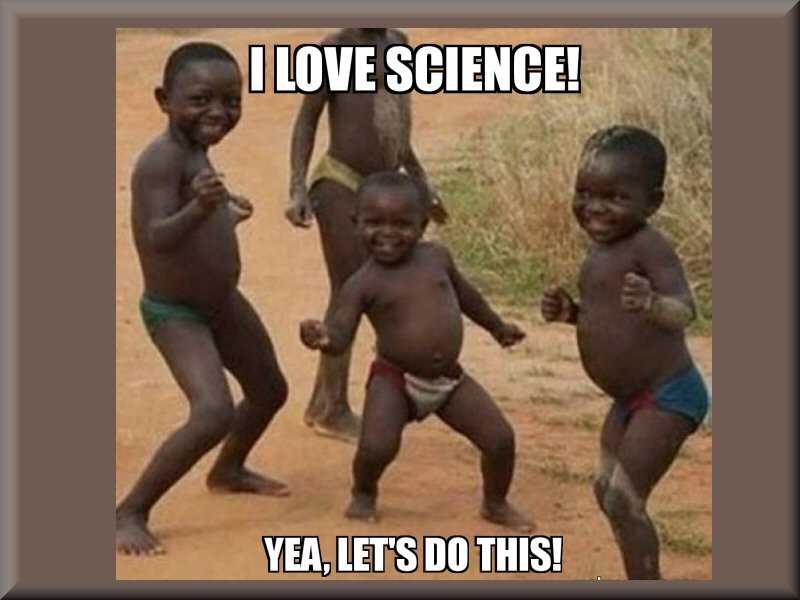MEMBERS & VISITORS
Get Students Hooked On Science
Here’s a look at several popular websites that can get students hooked on science.
A collaboration between the New York Hall of Science, IBM Corporation, and teachengineering.com, Teachers TryScience is all about offering design-based learning strategies and lesson plans to teachers who believe in the power of science.
The site features lots of really cool experiments in biology, chemistry, math, and engineering, as well as a growing set of lessons that reflect some of the shifts in the Next Generation Science Standards (NGSS). Be sure to check out the videos in the “Lessons In Practice” section to watch actual educators teaching science in their classrooms.
A companion to the books and TV shows, HowStuffWorks is more for the teen or young adult, so some supervision will be needed to direct the younger student to the right information.
The site uses illustrations, charts, and graphs to explain the detailed workings of everything from light bulbs to weather phenomena, space craft to submarines, nuclear fission to how ice cubes melt. Parents and teachers will find this a useful resource for explaining the way various items are created and function in the world.
This website is an extension of the Exploratorium in San Francisco, which provides hands-on experiences that teach children scientific concepts. The website brings some of these activities to students via their computers. Biology, physiology, earth science, engineering, and astronomy are some of the areas of focus.
Look for the parent and teacher areas that offer resources to help create lesson plans that incorporate the interactive displays.
Remember making your own crystal radio or a clock from a potato way back when? Science Toys has collected the best of these old-school science projects for the current generation. Students can make things ranging from a steamboat to a solar-powered marshmallow roaster. The projects are best for the middle or high school student, but younger students could also enjoy the projects with adult supervision.
What we love most: the projects try to make use of what might be found around the house, although a few may require a trip to the hardware store.
This site—which has a fantastic design, by the way—primarily reinforces material that Bill Nye presents on his TV show. His style and humor entertains and educates the student, while really getting the points of each lesson across.. Consider it a great resource to support classroom lectures and projects.
This website educates students on science-related topics in the news. News items—such as the decline of the population of honeybees and how forensic science is used to solve crimes—are explained with kids in mind. The site is more appropriate for middle and high school students, but again, younger students can benefit from it with some adult interpretation.
Another really well-designed educational resource, BrainPOP is a very active site for younger students. They use animation, movies, and short interactive quizzes to interest and entertain the young science student on topics like cellular life and genetics, ecology and behavior, forces of nature, our fragile environment, scientific inquiry, and paleontology and anthropology.
Computer programming can be a fun and creative activity. It’s just like playing a game: first, you find out what the game is. Second, learn the rules. Third, find out what tools you may need to play the game. Lastly, playing the game! This kid-friendly tool teaches the basics of computer programming in a fun way.
Mechanical/Solar Engineer Prof. Oku Singer
(43)
